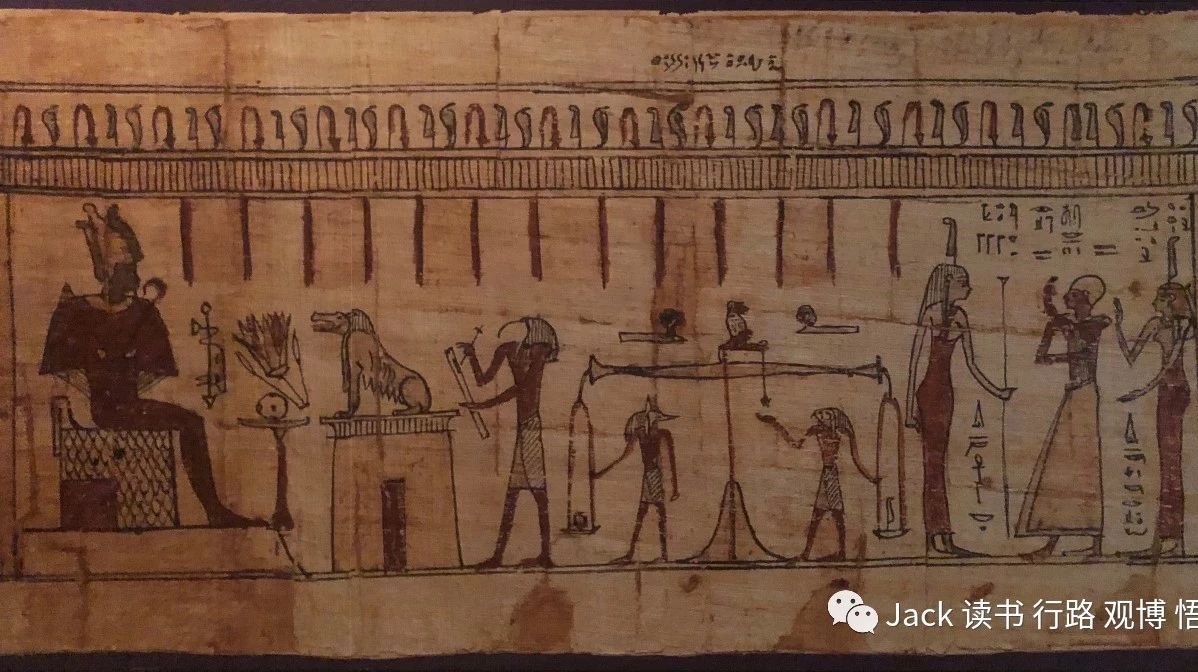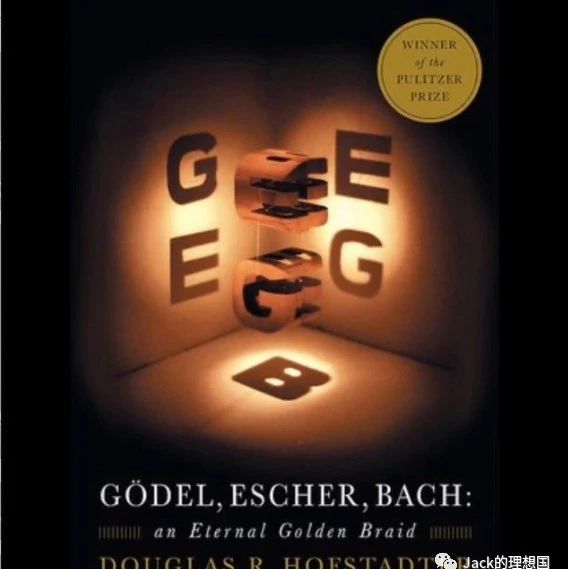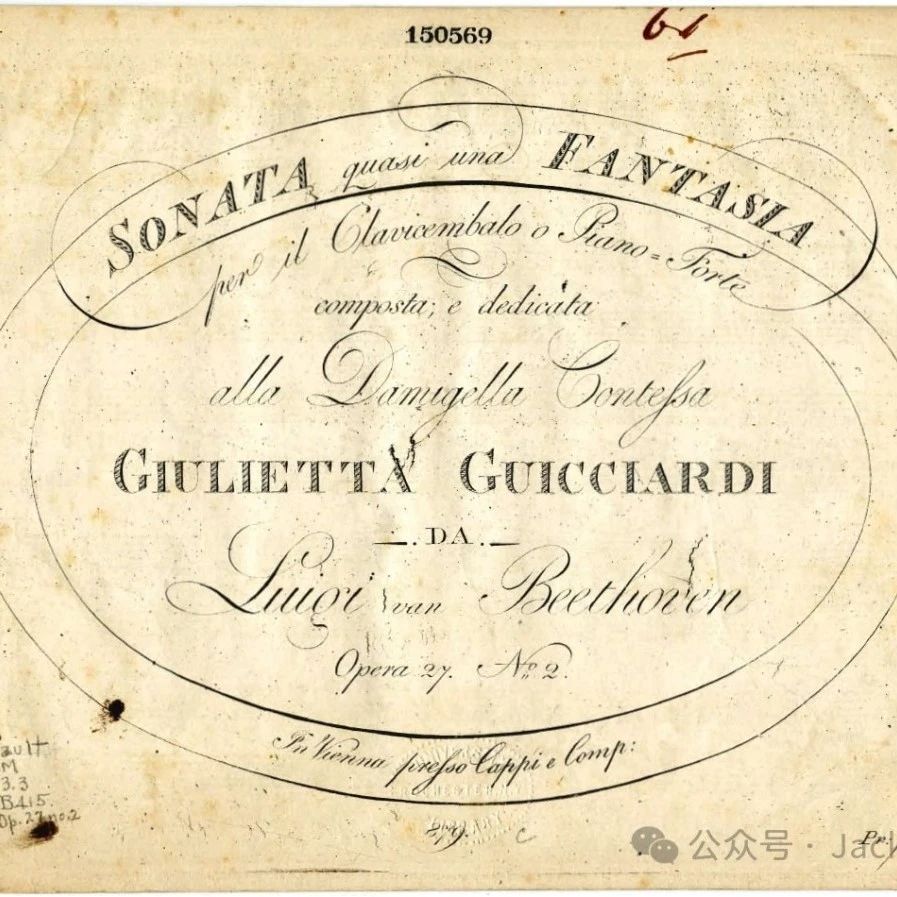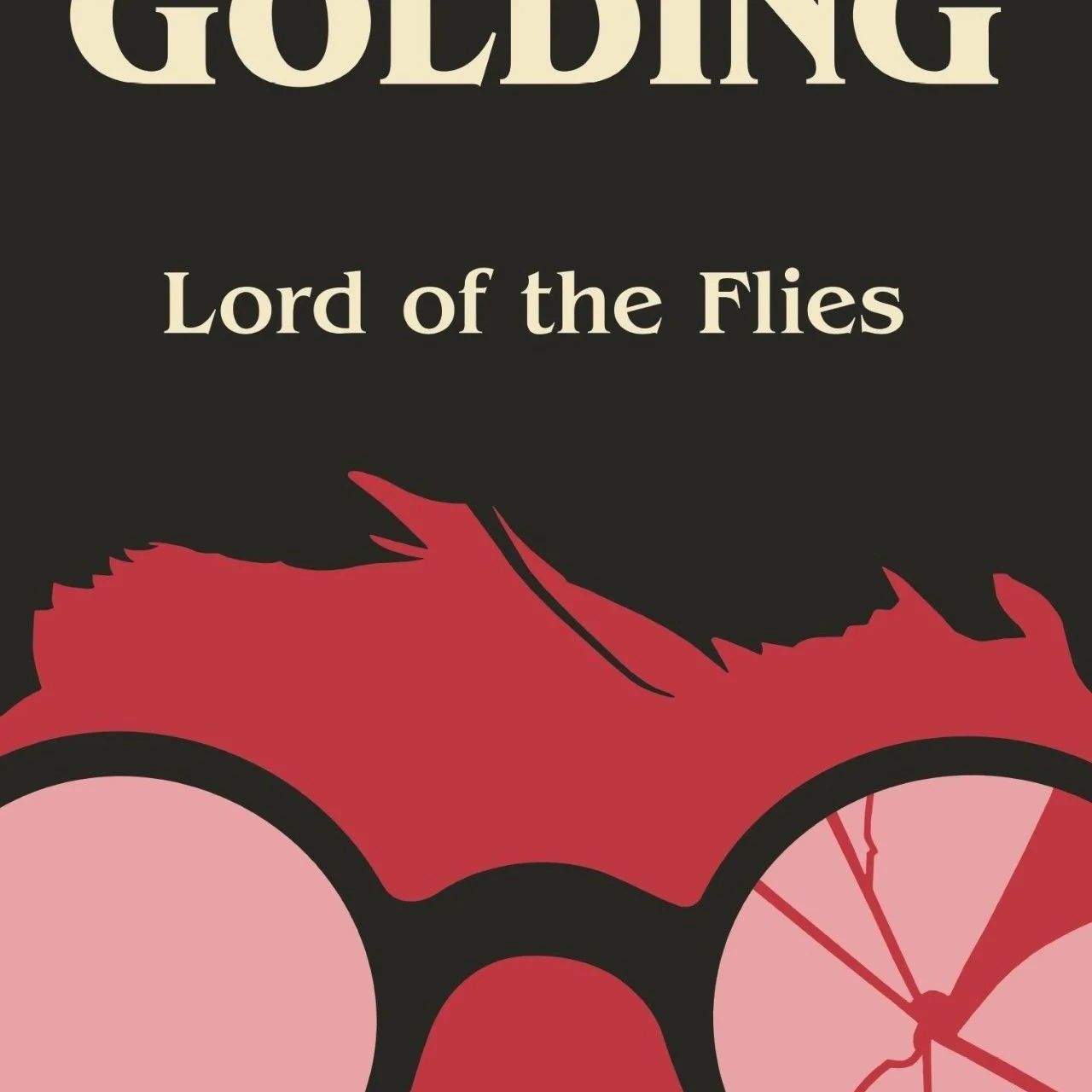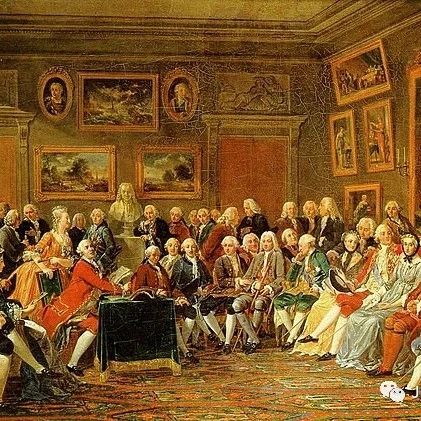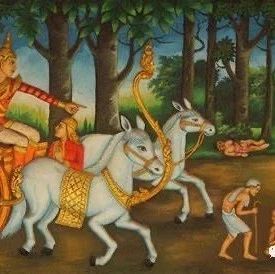Read History with Jack 3 - The Trial after Death
死亡审判
意大利都灵博物馆埃及展
古埃及人在乎来世,相信永生。他们认为,人们生活的现世只是很短的一段时光,人死后的灵魂要到阴间历险,但在灵魂得到永生之前,必须经过一次严格的死亡审判。灵魂只有经过死亡审判,才能得到永生。其中,死亡审判中最重要的一个环节就是“称心仪式”。
这是我们这次在都灵博物馆埃及展中看到的亡灵书,其中一个部分就是在讲死亡审判环节的“称心仪式”。
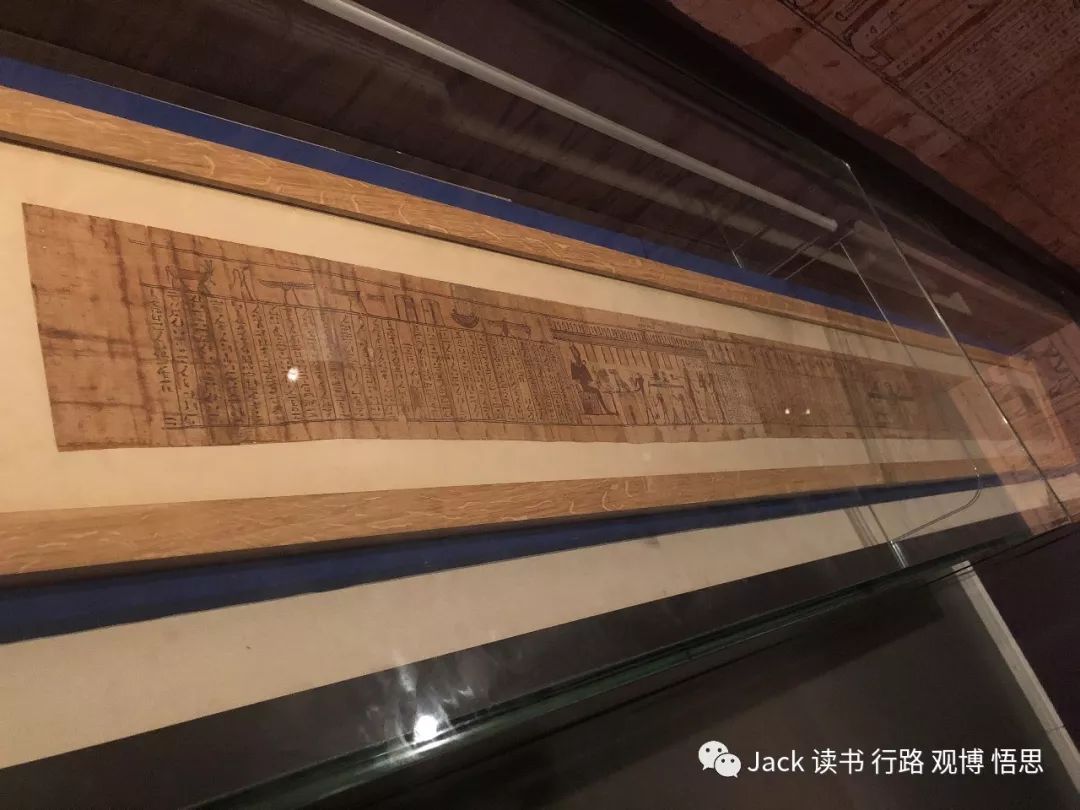
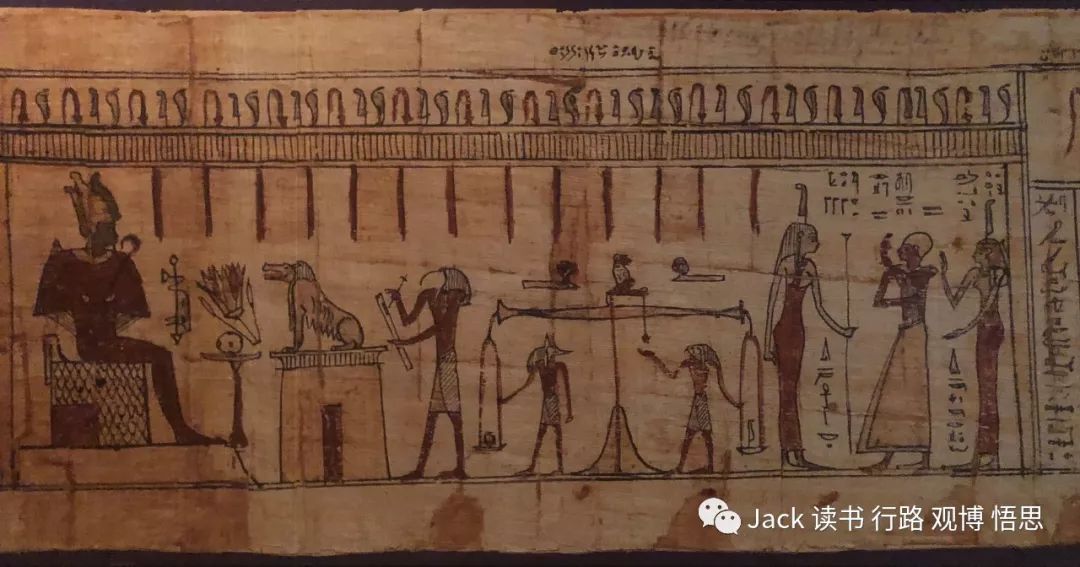
古埃及人在制作木乃伊时,把肝、肺、胃、肠取出放入卡诺皮克罐中,唯独留下心脏,因为心脏要留着去接受死亡审判。死亡审判由冥王奥西里斯主持,他的儿子荷鲁斯和亡灵引导者阿努比斯执行。死者的心脏要被放在一个巨大的天秤的一端,而另一端则放着一根代表正义的羽毛,这根羽毛是正义女神玛特的化身,有时玛特女神也会自己坐在天秤的一端。只要死者的心重于羽毛,就会被一只巨大怪兽吃掉,从而不得永生。相反,如果死者的心轻于羽毛,则代表死者通过了死亡审判,可以去来世了。整个“称心仪式”由智慧之神图特负责记录,就是那位鹭首人身的神灵。
古埃及人信奉神灵,相信有来生,他们害怕自己死后无法通过死亡审判。人们有这种信仰和敬畏在心中,想来在生前也真的不敢做太多的坏事吧!
The Trial after Death
Egyptian Exhibition at the Museum of Turin, Italy
The Ancient Egyptians believed the afterlife.They thought that the living life was just a very short period of time, and most of the adventures were in the underworld after death. However, to get permission to let their souls be immortal, there was a very important trial to pass first, and an imperative part was a ceremony to weigh a person’s heart.
When the Ancient Egyptians were making a mummy, they take out the liver, the stomach, the lung, and the intestines except the heart, because the heart was used for the trial. The trial was hold by Osiris, his son Horus and the guardian of the souls, Anubis. The person’s heart was weighed on one side of a huge scale, and the other side was a feather symbolizing justice. This feather was actually Maat, the goddess of justice’s another form, and sometimes she would sit on the other side of the scale. If the person’s heart was heavier than the feather, it would be eaten by a monster.But if the person’s heart was lighter than the feather, than his or her soul passed the trial, and could go into afterlife. This ceremony was recorded by the god Thoth, who had an egret head.
The Ancient Egyptians worshipped the gods,and believed in afterlife. They feared that they might not pass the trial, and could not enter afterlife. Therefore, they probably did not do bad things when they lived.
- 本文标签: 原创
- 本文链接: http://www.jack-utopia.cn//article/545
- 版权声明: 本文由Jack原创发布,转载请遵循《署名-非商业性使用-相同方式共享 4.0 国际 (CC BY-NC-SA 4.0)》许可协议授权
